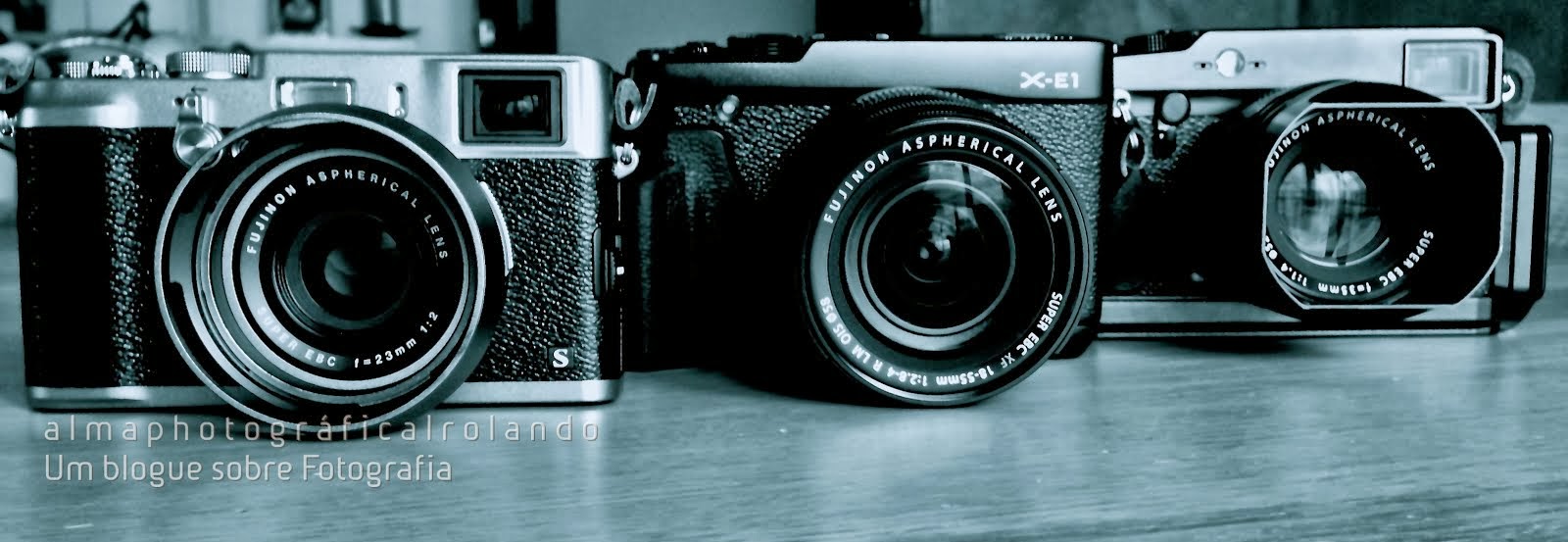One of my favorite features in Aperture 3 is the Skin Smoothing tool (available under Presets in the Adjustment Pane.) With a single tool it’s a snap to take out minor wrinkles and blemishes with a quick flick of the wrist. And I’m going to share that with you via a preset.
I have a bit of a technique for using the tool which doesn’t involve the brush and I use it often with wedding shots where I don’t want to make the bride look glossy or over-produced but I want to help reduce the shadows in facial features that can come from different light sources. No one wants to go through an hour of makeup to have an overhead tungsten light make them look old, but I also don’t want to have them look like they’ve been Photoshopped either.
The trick is this—since the skin softening tool works primarily on skin (hence the name) and tends to leave non-skin-toned sections alone, I apply it to the whole image. This is possible with any of the brushable adjustments from the floating palette with their sliders.

This smooths out the whole look, but it also modifies the exposure and the contrast a bit. That’s easily fixed with a bit of adjustment to the Exposure slider and the Black Point slider.
Usually after a shoot I’ll judge the relative exposure levels of the shots (outside, in the hall, during the ceremony) and make a series of presets for each condition.
This sometimes works well enough that it’s the only edit I do to a photo, and even when the image needs more work it’s enough for me to show it to the client to see if it’s a photo they’d like to use and then I can go back and tweak it some more.
But, and here’s the nice thing—you don’t have to do any of this work.
Download this preset (unzip it by double clicking on it) and import it to your adjustment presets using these steps.
1. Bring up the Adjustment panel by pressing Control-A.
2. From the Presets drop down, select Edit Preset

3. Click the Action menu (it’s shaped like a gear) on the lower left of Adjustment Presets window.

4. Select Import…
and point the dialog box at the file you’ve just downloaded.
Now when you go to your Presets menu you’ll see the new preset and can apply it to your images. This particular one has a bit more than a stop of exposure adjustment (because it was made for a specific lighting environment I had) but you can tweak it as you want and then just save a new version.
As a final note, often when I’m using this (especially in sunlit shots) the detail on the dress can blow out along with the exposure adjustment, so I’ll often make a version of this preset with some Recovery added.
